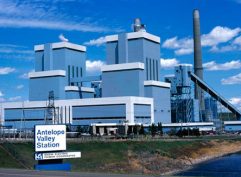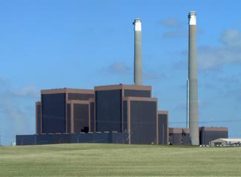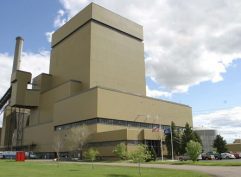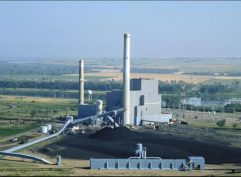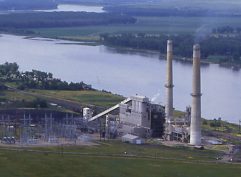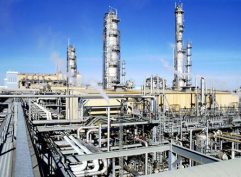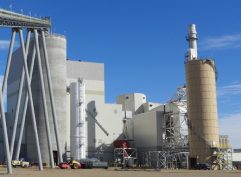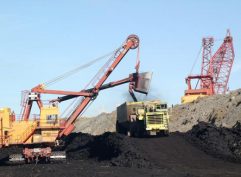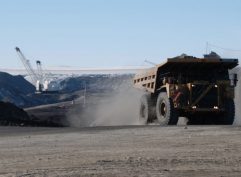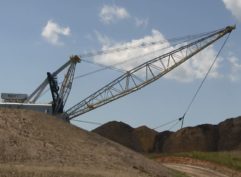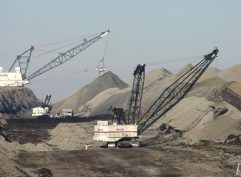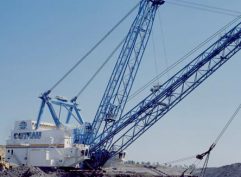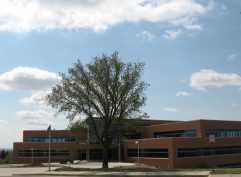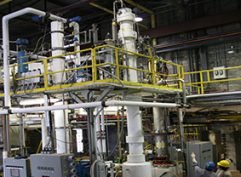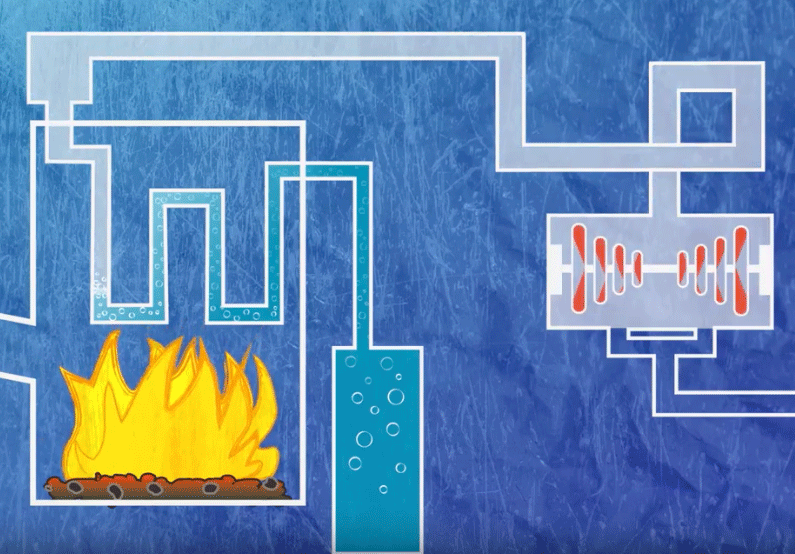North Dakota’s Freedom Mine: The largest lignite mine in the United States
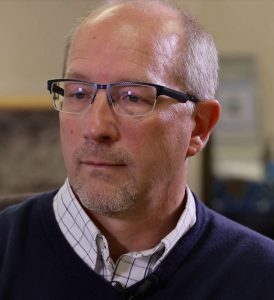
Bryan Walther, president of The Coteau Properties Company.
Half of the 27.7 million tons of lignite coal mined in North Dakota in 2016 came from The Coteau Properties Company’s Freedom Mine north of Beulah. That’s not unusual. The Freedom Mine has a history that dates back to the mid-1980s of being the state’s biggest lignite mine. In fact, it is the largest lignite mine in the United States.
At the helm is Bryan Walther. He was named president of The Coteau Properties Company on January 1, 2017. His career with North American Coal Corporation, the parent company, dates back to 1983. Prior to his most recent promotion, he was the operations manager at The Falkirk Mining Company, a sister company.
“The Freedom Mine is unique among the state’s five lignite mines because of its size, the thick seam of coal we mine and the fact that we have three different customers who want three different blends of coal,” he said. The mine’s customers are Antelope Valley Station, the Leland Olds Station and the Great Plains Synfuels Plant.
“We ship about 10 million tons of lignite each year to the Synfuels Plant, which gasifies chunks of coal. About four million tons of that total are too small for the Synfuels Plant so it’s sent by conveyor to the neighboring Antelope Valley Station which burns the fines. Another million tons of coal are added to the AVS supply, which are also pulverized before being burned in the plant’s two boilers.”
The Freedom Mine sports a single seam of coal, which – on average – is 18-feet thick in the west mine area. This seam is thicker than most coal found in North Dakota and since it’s one seam, it doesn’t require a second dragline to remove the clay that’s often found between two – or even three seams of coal that are found at other mines.
There is about eight miles between the west and east mining areas, so equipment working east of Beulah often has two seams of coal. Beneath these seams are several others but they are too deep to mine given the current market for coal.
The employees at the mine check coal quality for three things – BTU content along with the amount of sulfur and the amount of sodium. By blending the coal at the coal handling facility, the mine ensures that each customer has the type of coal they require to maximize their plant’s efficiencies.
Conveyors take the coal from the mine to both the Synfuels Plant and the Antelope Valley Station. A train loadout facility at the Antelope Valley Station loads about 3 million tons per year for a 35-mile trip to the Leland Olds Station near Stanton, North Dakota.
“The mine is focused on being a cost-effective supplier of fuel, and being a safe workplace for the 450 employees.” Walther said. The Freedom Mine has 335 full-time employees, 85 office staff, and about 60 seasonal employees who operate and repair the equipment to mine the coal and reclaim the land.
Walther said the mine is committed to a high standard of safety for all employees. The mine has received two national Sentinels of Safety Awards for having the best safety record among the country’s largest coal mines. The Freedom Mine won the award in 1986 and 2005. The Sentinels of Safety Award is based on the incident rates of lost-time accidents coupled with the number of hours employees work safely.
The number of tours conducted at the Freedom Mine is also something that makes it unique.
“We welcome hundreds of tour groups every year,” Walther said. “We want them to see first-hand how coal is mined and the land is reclaimed. One of the things we often hear is how their perception of mining changes after they actually tour a mine instead of believing what they hear on news reports or read in newspapers and magazines.”
While people touring the mine tend to focus on mechanics and operators of big machinery, they are often surprised to learn that the mine also employs a large support staff which includes geologists, accountants, human resources, engineers, environmental specialists, and surveyors. They all support and play a key role in the mine being a cost-effective provider of fuel to our three customers,” he said.
The Freedom Mine is one of the three in North Dakota owned by North American Coal Corporation. The other two are Falkirk and the Coyote Creek Mine. Walther said this arrangement allows for employees to trade best practices with one another. The mines all seek to provide reliable, low-cost fuel to help their customers remain competitive in the energy market.


